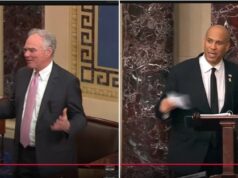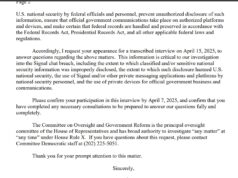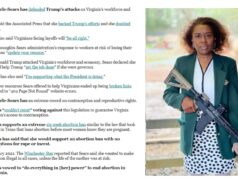My wife April and I are making our first trip ever to Israel. While traveling, I’m writing reports to some friends and family who have expressed an interest. One of these reports — here below — I thought might be of interest to readers here.
******************
We visited Yad Vashem. In my response to the place, I surprised myself. Right away, as we began our journey through the Holocaust history museum, I knew: this was going to be too much for me. The horror felt overwhelming.
Its becoming so clear so fast that this was going to be too much was partly due to how the designers of the display have chosen to begin the visitor’s journey through this dark, dark tale of horror: they start not at the beginning, as the menace is rising, but with pictures of a 1944 massacre, the piles of 2000 bodies murdered by the Germans before the Soviet Army could liberate those human beings from their exterminators.
My response was a surprise to me because I have studied the Holocaust, and studied the Nazi regime, for fifty-some years. I’ve written about it as well. I might have expected to feel more a “been there, know about that” feeling than the “this is wrong for me” feeling that beset me even before I got to the initial presentations of medieval anti-Semitism (followed by “modern” –late 19th century – anti-Semitism, followed by the anti-Semitism of the Third Reich) in the first alcove.
So I ask myself the question: why is it that visiting this place at this time was more than I felt that I could bear, or at least that would be wise for me to subject myself to?
(I should note that there was one previous occasion when I took in more of the horror of the Holocaust than was OK for me to do. I was 18 and in college, and a local theater was showing a documentary with the title, Nacht und Nebel [Night and Fog], all about the Holocaust. I’d previously seen some horrible pictures before, taken at the extermination camps – by the Germans themselves mostly, but also by the liberating Allied soldiers – but never so many and so horrible. For many months afterward, I was haunted by the images in Nacht und Nebel.)
It seems to me that there are three evident reasons:
1) I am in Israel, and am walking daily among survivors of the Holocaust, the descendants of those who survived and of those who did not, among the people who are consciously working to restore what the Nazis sought to destroy. All of that – much of it visible (at least subtly) – makes the horror in the pictures and the videos that much more immediate.
2) For twelve years, I’ve been looking at the darkness arising in our midst here in America, through our nation’s political system. For much of that time, I have sensed how this focus on an ascendant destructive force has taken a toll on me. For at least a decade, I’ve observed in myself some signs of PTSD; I’ve noticed that some plot situations – e.g. in movies — that I used to be able to handle without undue distress have become triggers of an excessive level of tension in me. So my ability to handle the horror shown in the Yad Vashem museum may be part of that.
3) Donald Trump has just become President of the United States. The exhibit detailing (in placards) and showing (in videos of Hitler giving one of his orations) the coming to power of Nazism in Germany and the instituting of laws that led directly to the Holocaust, felt more frightening for both April and me because it felt impossible not to see it as an object lesson. Not just a horror from the past, but a warning to us in the present. This, too, increased the immediacy of the horror displayed in the museum. Seeing the familiar history in Europe in the light of this American present, made my heart beat harder.
With Trump, I am not worried about what he will do to the Jews of America. Although it is true that he is a hero to the white nationalists and neo-Nazis for whom hatred of the Jews is fundamental, I don’t think that’s one of Trump’s own many dark impulses. (With his proposed ambassador to Israel, he seems more dangerous as an enabler of the worst of Israel’s own political tendencies to ignore what Rabbi Hillel said even before Jesus was the heart of the Torah– “That which is hateful to you, do not unto another.”)
But he shows all the dangerous tendencies of demagogic scapegoating. It is for us to make sure that neither Muslims nor people of color nor immigrants nor anyone else is persecuted by this proto-fascist American president.
I agree with George Soros who has said that Trump would become a dictator if he could get away with it.
Looking at our situation in America through the lens of the history shown at Vad Yashem, I felt strongly that it is right for the Resistance to be rising quickly and staking out the ground it is determined to defend. This seems to be happening – as evidenced by much of the conduct thus far by the Democrats in Congress, and by the huge throngs that came out onto the streets to protest Trump’s assuming the presidency.
Just what may be the overall strategy for this Resistance, I don’t feel able to say. In part, it will be determined by the moves that Trump chooses to make.
But this much I believe should be borne in mind: the heart of the battle (under the present circumstances, at least) is for the support of the American people. Their hearts and minds are the present battlefield. Let’s pray we never need fight fascism on another.



 Sign up for the Blue Virginia weekly newsletter
Sign up for the Blue Virginia weekly newsletter








